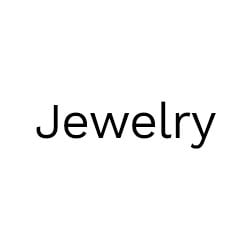We have moved!
Bulldog Shopping Network and ShopHQ Health have moved to ShopHQ. All the great products and brands you've come to expect from Bulldog and ShopHQ Health are now part of one big family making it easier for you to shop and manage your account.
Welcome to ShopHQ where we are Authentic. Passionate. Loyal.
Start Shopping Today

We have moved!


Bulldog Shopping Network and ShopHQ Health have moved to ShopHQ. All the great products and brands you've come to expect from Bulldog and ShopHQ Health are now part of one big family making it easier for you to shop and manage your account.
Welcome to ShopHQ where we are Authentic. Passionate. Loyal.
Start Shopping TodayManage Your Account
In addition to all the great products and brands, your account has moved too. Track your orders, manage your account, and check on your ValuePay® status from one central location.
Log in using the same email address and password you used for Bulldog Shopping Network and ShopHQ Health.












